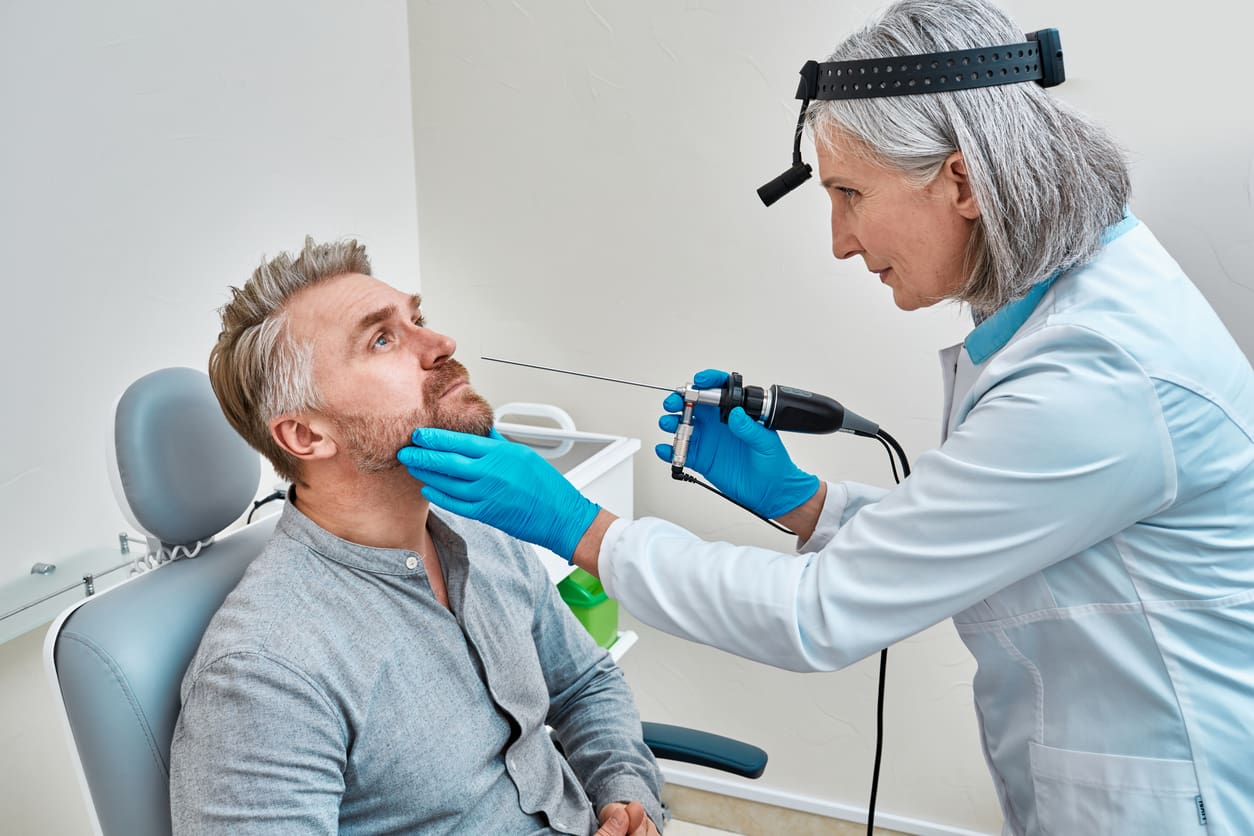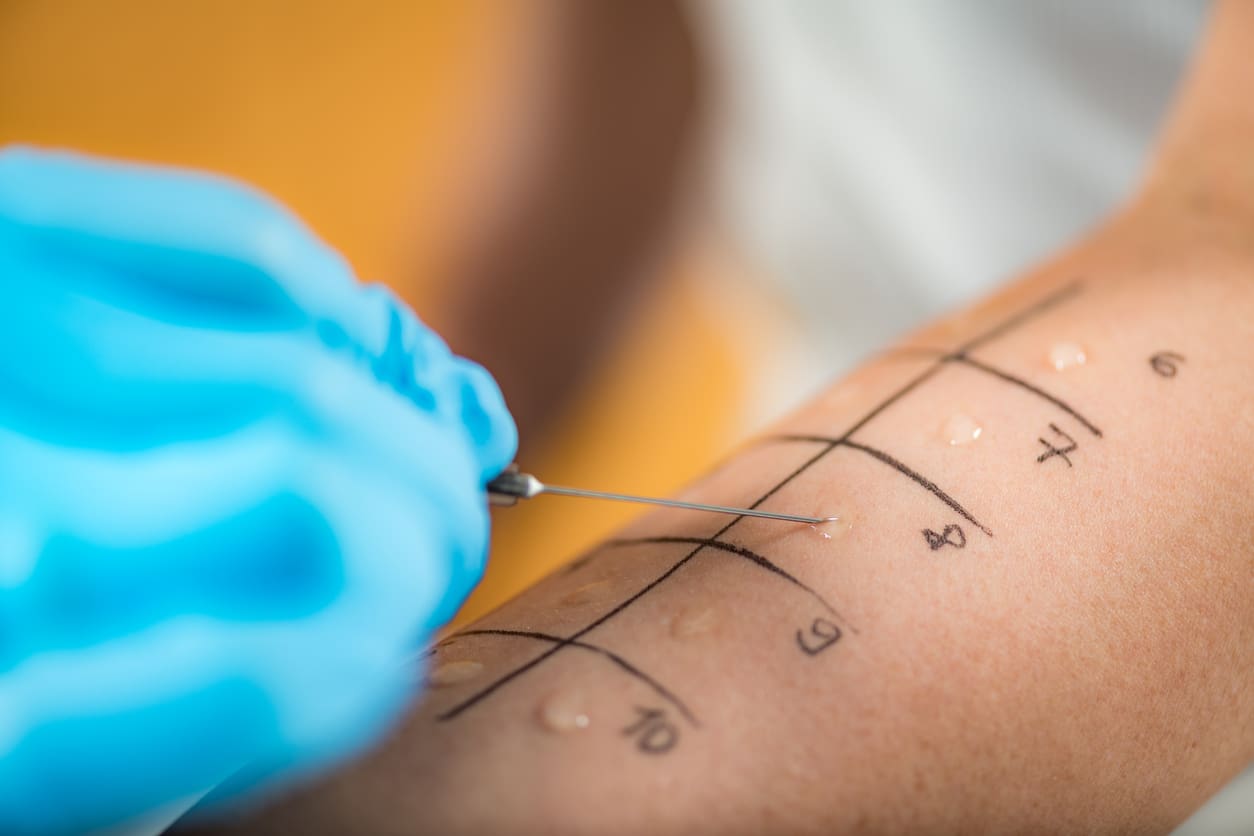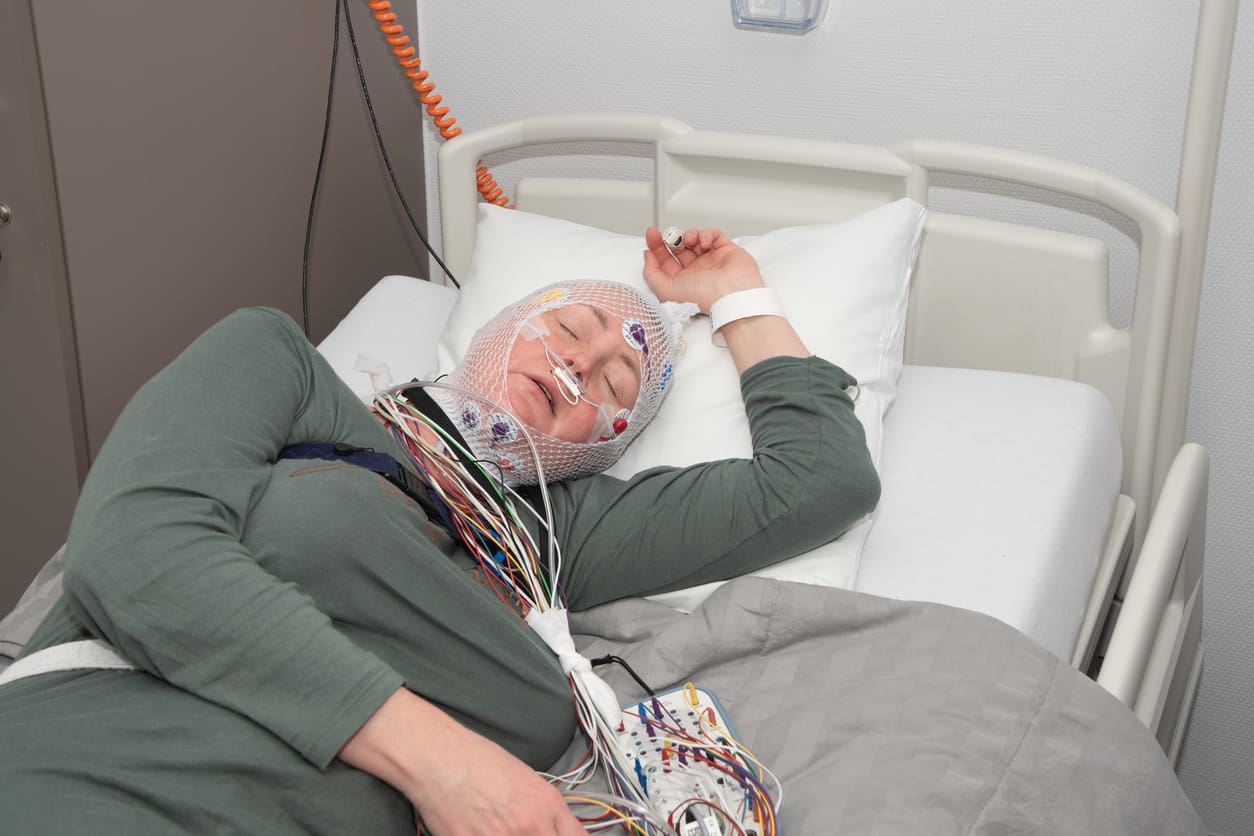Noisy Breathing (Snoring)
Snoring is noisy breathing during sleep and can be loud enough to match the sound generated by a passing motorcycle. It is also due to turbulent airflow and can be socially very disabling. It is more common in overweight and older people. With increasing age the throat muscles become more floppy and collapsible when breathing in. Common sites are the nose (nasal blockage), soft palate and tongue base. Snoring may be associated with obstructive sleep apnoea (OSA), a condition in which breathing stops frequently but temporarily causing partial suffocation.

Nasal Rigid / Flexible Endoscopy
Why?
The nostrils are quite small, so even using a very bright halogen headlight and a dilator instrument (speculum) to expand the nostril, it is impossible to see any more than the front part inside the nasal cavity. The introduction of a small sterile rigid endoscope with an angled lens, or a sterile flexible endoscope whose tip can be manually rotated in various directions, allows a very detailed inspection of the whole of the nasal cavity and the site of the sinus openings. Further back the nasopharynx and Eustachian tube openings can also be examined.
How?
Cophenylcaine, a surface local anaesthetic and decongestant, is sprayed into each nostril held open by a dilator speculum. This drug is absorbed very quickly and numbs and shrinks the nasal lining. Although the introduction of an endoscope is an unusual feeling it is not unpleasant. The subsequent examination will take less than 5 minutes.

Skin Prick Allergy Test
Why?
Allergies are common and it is thought that about 1 in 3 of the population will consult a doctor at some time in their life with allergic symptoms. Many cases of rhinitis (tissue inflammation that causes persistent nasal congestion, nose bleeds, nasal itching and sneezing) can be caused by allergies.
How?
This test is simple and quick, giving results within 15-20 minutes, and is carried out by the ENT practice nurse. It is important that you do not take any form of antihistamine or steroid drug for at least 48 hours before the test as these medicines may affect the results. Allergens are introduced into the skin, usually the forearm, in such tiny amounts that testing is quite safe and can be carried out on all age groups, including babies. If you have bad eczema the test can be performed on your back.
The area to be tested is coded with a marker pen for each allergen and a drop of the solution is placed by each code. A standard concentration histamine solution is also applied to serve as a control. The skin is then pricked through the drop using the tip of a single-use sterile lancet. This can feel a little uncomfortable but should not be painful. The nurse will assess the test sites for the presence and size of redness (known as erythema) and lumps (known as wheals) after 15 minutes. The responses are compared to the control histamine solution which should always cause a reaction. The degree of reaction relative to the control indicates whether a certain level of antibodies are present which may be causing your symptoms. The wheals, which feel very much like a reaction to a nettle sting, clear within an hour for most people and any irritation can helped by applying anti-inflammatory steroid cream.

RAST Allergy Blood Test
Why?
An allergic person’s immune system produces a special type of antibody, Immunoglobulin E (IgE), to combat each specific substance to which they have an abnormal sensitivity. The RAST stands for radioallergosorbent test, which is a laboratory measure of the amount of specific IgE antibodies present in the blood.
How?
Samples of your blood are drawn from your arm at the ENT Clinic and are sent to our laboratory for analysis. The results take a few days to process but will confirm whether or not your body reacts to any substances we have tested and will also be graded to indicate the severity of the reaction. These grades range from 0-6, with 0 indicating a negative response, grade 1 indicating sensitivity through to grade 6 indicating an extremely high sensitivity.

Sleep study (Polysomnography)
Why?
These studies are used to assess patients with sleep problems especially obstructive sleep apnoea (OSA). Untreated OSA is a potentially serious condition that can cause high blood pressure (hypertension) and other cardiovascular disease, headaches, memory problems and weight gain.
How?
Full polysomnography requires an overnight stay in hospital or a sleep laboratory and is therefore a expensive investigation. The patient is fitted with various devices to record breathing function, body position, abdominal wall muscle movements and blood oxygen levels for a period of several hours. The results are recorded together and analysed on a computer. The number of apnoeic events, when the patient stops breathing for more than 10 seconds, and hypopnoeic events, when airflow is reduced by 50%, are recorded with blood oxygen saturation. These measures allow sleep apnoea to be diagnosed and the severity quantified.
Home sleep studies are a useful, less expensive alternative screening assessment.
The private health insurances we work with
Harley Street ENT is recognised by a wide range of leading UK and international private health insurers, ensuring easy access to our care for patients with approved cover.

Need help and advice? Speak to an advisor
To discuss your needs in confidence or arrange a consultation, please contact our advisory team, who will be happy to assist you.







